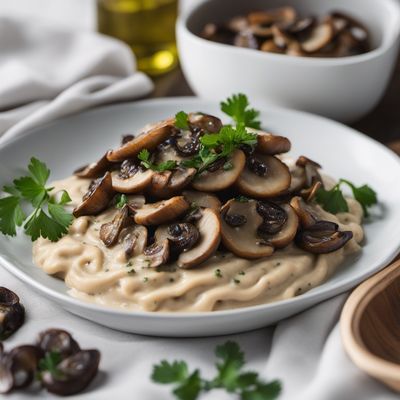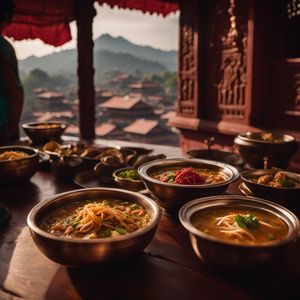
Dish
Dhindo
Dhindo is made by mixing cornmeal with water and cooking it over low heat until a thick porridge is formed. The porridge is then served hot, often with a side of vegetables or meat. Dhindo is a staple food in Nepal and is often eaten with the hands, using small pieces of the porridge to scoop up the accompanying dishes.
Origins and history
Dhindo has been a staple food in Nepal for centuries. It is often eaten by farmers and laborers as a way to fill up and sustain themselves throughout the day.
Dietary considerations
Dhindo is a gluten-free and vegan dish that is suitable for most diets. However, it is high in carbohydrates, so it may not be suitable for those following a low-carb or keto diet.
Variations
There are many variations of Dhindo, depending on the region and the cook. Some versions use different types of flour, such as buckwheat or millet, while others add spices or vegetables to the porridge for added flavor and nutrition.
Presentation and garnishing
Dhindo is traditionally served in a large communal dish, with each person taking a portion from the center. The dish is often garnished with fresh herbs or a sprinkle of chili flakes. The presentation should be simple and rustic, reflecting the humble origins of the dish.
Tips & Tricks
To make Dhindo even more flavorful, try adding a pinch of cumin or coriander to the porridge. You can also experiment with different types of vegetables or meats to accompany the dish.
Side-dishes
Dhindo is often served with a side of vegetables or meat, such as sautéed greens or a spicy curry. It can also be served with a side of yogurt or chutney to help balance out the flavors of the dish.
Drink pairings
Dhindo pairs well with a variety of drinks, including tea, coffee, or a glass of buttermilk.
Delicious Dhindo recipes
More dishes from this category... Browse all »
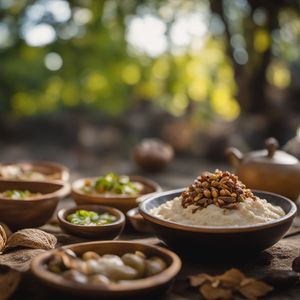
Acorn Mush
Native American cuisine

Ajdova kaša
Slovenian cuisine
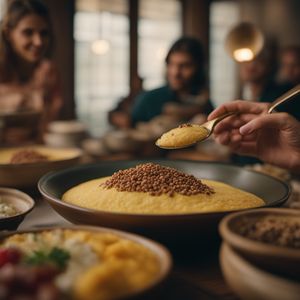
Ajdovi žganci
Slovenian cuisine

Babor
North African cuisine

Banosh
Ukrainian cuisine
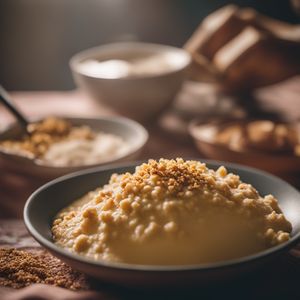
Bogobe jwa lerotse
African cuisine

Bohinjski žganci
Slovenian cuisine

Broodpap
Dutch cuisine

